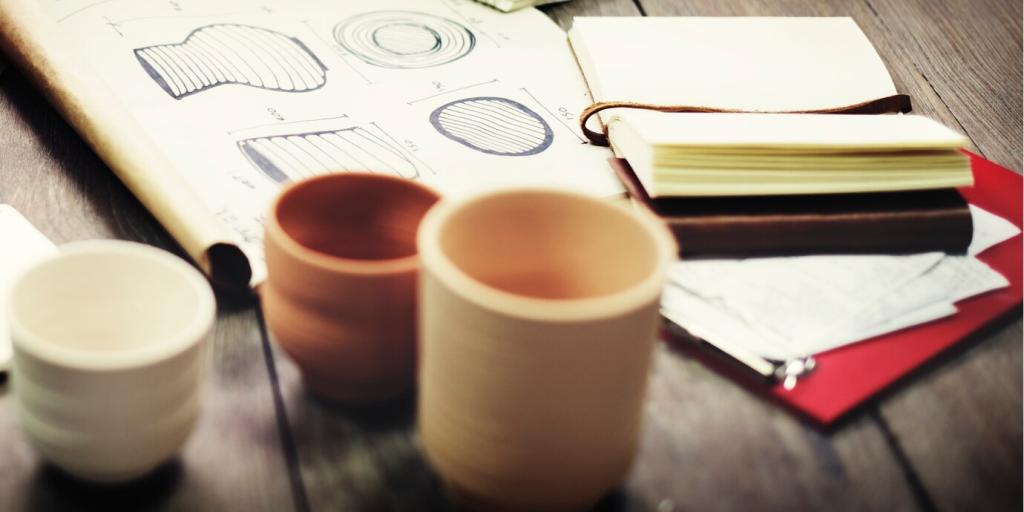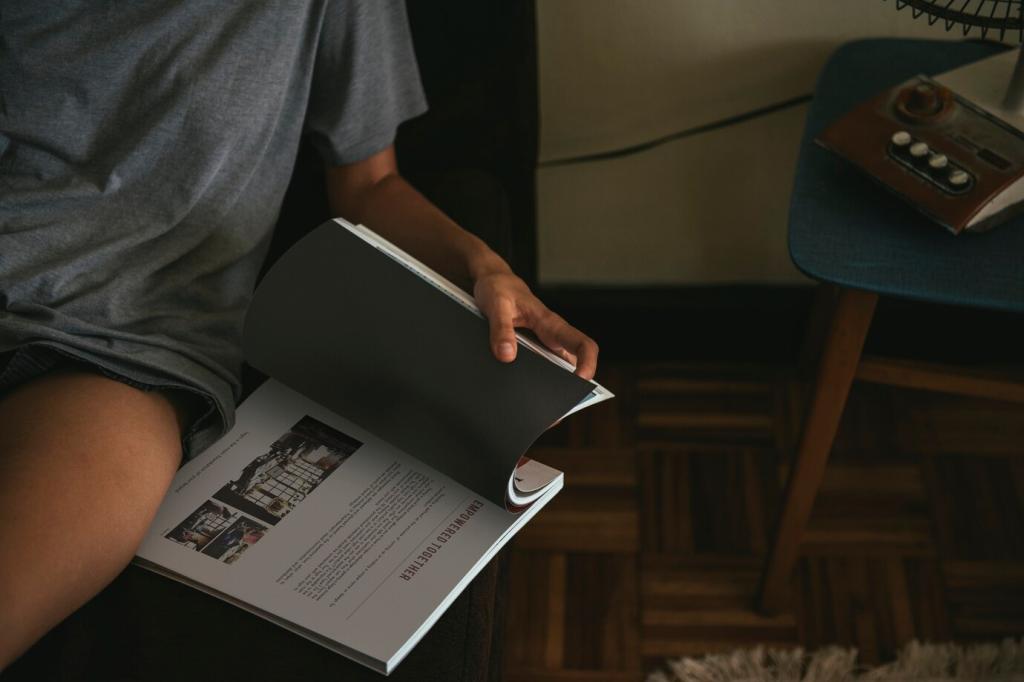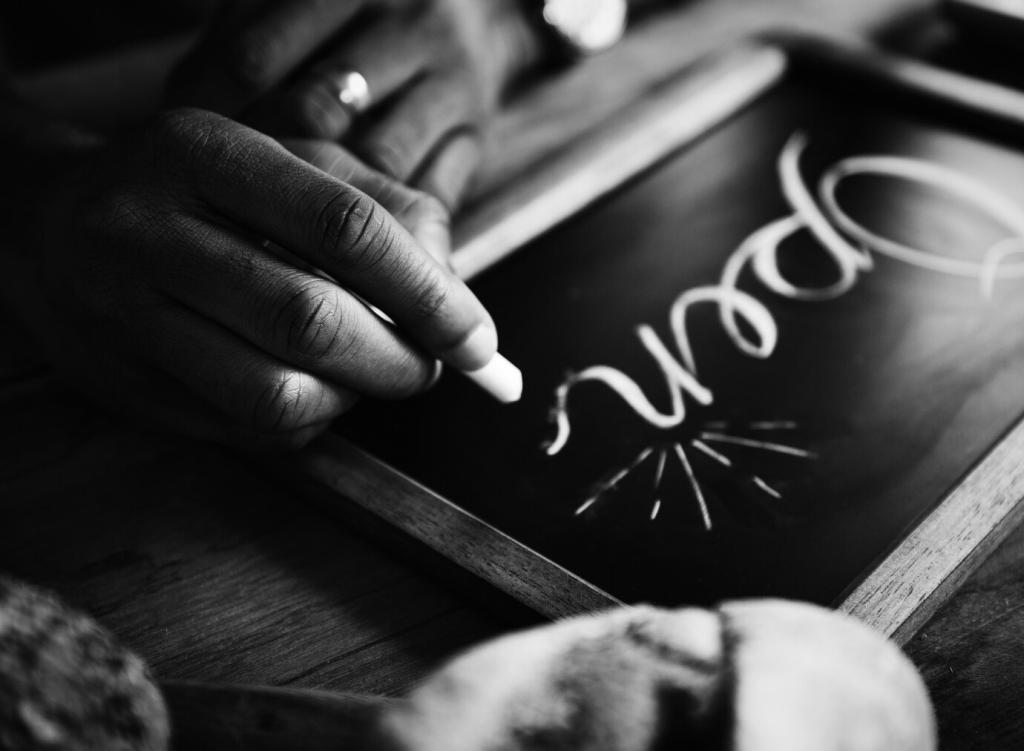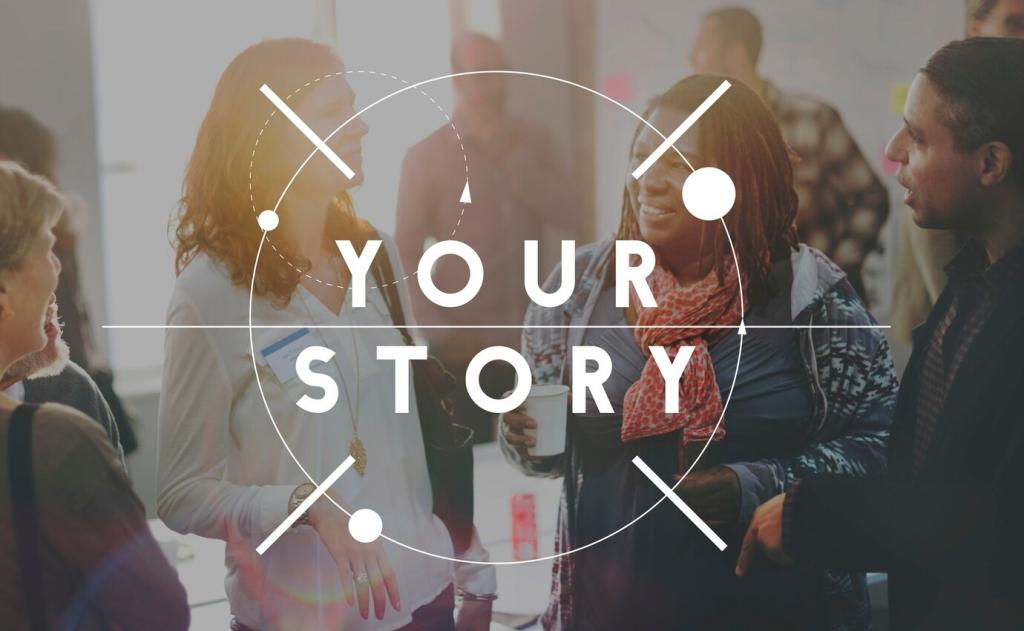Design That Holds Together: Stories as the Glue
Chosen theme: Achieving Cohesive Design Aesthetics Through Storytelling. Discover how a clear narrative binds color, type, layout, and motion into a single, memorable experience. Read on, share your perspective, and subscribe for weekly prompts that strengthen your story-driven design practice.

Build a Brand Narrative Blueprint
Write a two-paragraph origin story that ends with a promise to your audience. Use that promise to justify visual patterns, so each component either advances transformation or gets revised until it clearly supports the narrative.
Map your primary user archetypes and the conflicts they face. Design elements then become helpful companions: a supportive button hierarchy, reassuring microcopy, and clear illustrations that metaphorically solve problems scene by scene.
Identify five signature moments—discovery, onboarding, first success, setback, renewal. Define the visual rhythm of each moment, then reuse motifs to stitch them together. Share your blueprint draft in the comments for community feedback.

Visual Language: From Metaphor to Moodboard
Choose a core metaphor—garden, voyage, workshop—and list corresponding shapes, textures, and motions. These become your motifs, reinterpreted across banners, cards, and icons, keeping aesthetics fresh while unmistakably tied to the underlying story.
Visual Language: From Metaphor to Moodboard
Build moodboards that label emotions and scenes, not just styles. Include captions explaining why an image fits the plot arc, then vote as a team on what to keep. Subscribe for our downloadable narrative moodboard template.

Interaction Design that Advances the Plot
Design confirmations, hovers, and progress markers as tiny reveals. A subtle pulse can say “you’re on the right path,” while staged tooltips act like guides. Ask readers to share their favorite microinteraction that made a product feel alive.
Interaction Design that Advances the Plot
Avoid feature dumps. Introduce one capability, one benefit, one clear next step. Align visuals with a welcoming guide character or motif, making the first session feel like opening pages rather than a confusing manual.


Case Story: The Neighborhood Café’s Visual Turnaround
A café used neon accents with rustic wood, confusing patrons. We reframed the story as “slow mornings, lively conversations,” leading to hand-drawn patterns, sunrise tones, and conversational typography that finally matched the atmosphere customers loved.
Governance: Keeping the Story Straight
Designers and writers co-create key screens, trading drafts in real time. This tight loop avoids visual-copy contradictions, ensuring each headline, caption, and component lands as a single, confident line from the same narrator.
Toolkit and Next Steps
Define protagonist, conflict, transformation, and key scenes on one page. Translate each scene into a visual rule. Download our canvas and post your first draft in the thread for supportive critique from fellow practitioners.

